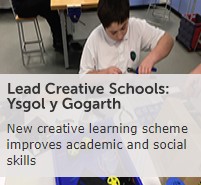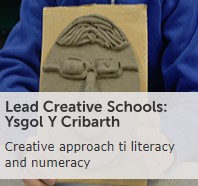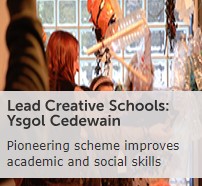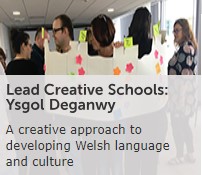Lorem ipsum dolor sit amet, consectetur adipisicing elit. Pariatur nemo excepturi incidunt eius, vitae rerum, voluptatum distinctio nulla nostrum cumque ex neque inventore quae minus! Neque in quod animi perspiciatis.
CASE STUDIES
CASE STUDIES
Lead Creative Schools
Lead Creative Schools
Lead Creative Schools
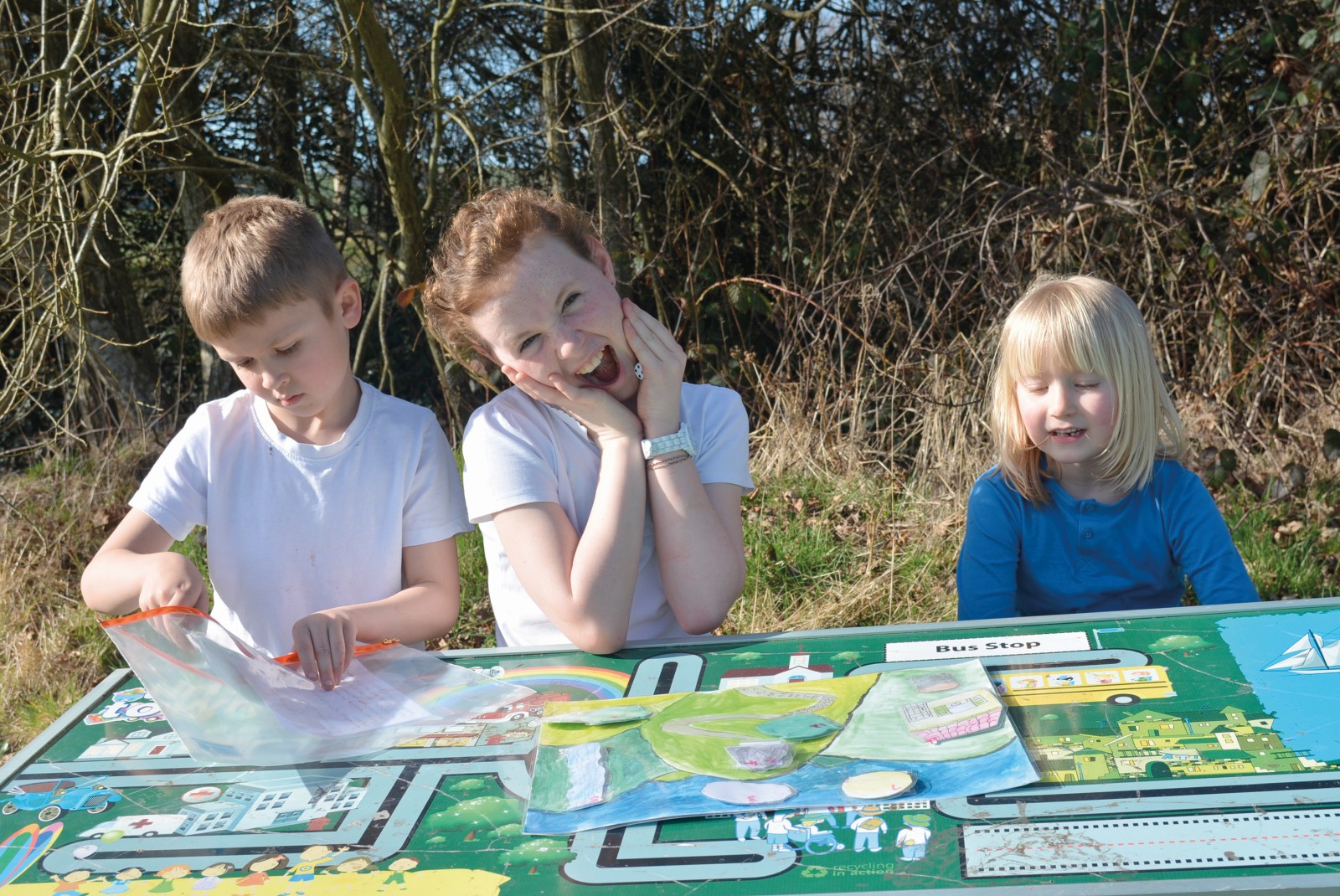
The goals of the programme

This ambitious programme is active in over 500 primary and secondary schools in Wales and is a partnership between CCE, the Welsh Government and the Arts Council of Wales. The programme was designed to increase and improve arts experiences and opportunities in schools, improve attainment through creativity and support teachers and arts practitioners in developing their skills.
Lead Creative Schools in action

This pioneering programme made Wales the first country in the world to embed a creative learning scheme across all its schools.
This Lead Creative School programme involves more than 40,000 children across 548 schools and partners creative artists and practitioners with schools to use drama, music, art, spoken word, design and media to help improve literacy and numeracy, as well as general confidence and well-being.
The programme focuses on improving teaching and learning to allow pupils to benefit from the best quality learning experiences possible. The bespoke teaching pedagogy designed by CCE centres around the five creative habits of mind with the aim of improving and encouraging young people’s imagination, inquisitiveness, collaboration, persistence and resilience.
Although this is a national programme, every school was considered as its own lead and a bespoke plan put in place to tackle individual educational challenges and aspirations. The involvement of creative practitioners in collaborating with the schools to design their unique creative learning programme is crucial to the programme’s success.
Cabinet Secretary for Education in Wales, Kirsty Williams, spoke of her belief in the programme and its results:
“Reducing the attainment gap between pupils from disadvantaged backgrounds and their peers is at the heart of our national mission to raise standards and is also one of the driving principles behind this programme.
“We are already starting to see the results of our investment, which is changing how we view the arts and creativity in relation to the school curriculum while also improving academic achievement, broadening experience and developing crucial life skills.”
The impact on learners

Children and young people benefitted from learning with creative experts, artists who they would not have necessarily had the opportunity to meet or work with previously. These opportunities allowed the pupils to try new experiences and encouraged those who showed reluctance and hesitation in traditional classroom environments to speak out and engage more.
This programme teaches the children new ways to learn and to explore, opening their minds to new possibilities and opportunities. It is this style of learning and teaching that has given the pupils skills for life and skills they can use in their future, professional lives.
The programme has been running for just under three years in Wales and the Arts Council of Wales is confident in its results:
“We have already started to see that by nurturing and developing the creativity of pupils, they’re taking steps to achieve their academic potential and grow as well-rounded individuals, closing the gap between the best and least well performing pupils.”
Phil George, Chair, Arts Council of Wales
“The biggest thing I noticed was the children developing the skill of perseverance. I saw this in art, in writing, in problem solving – the perseverance and refining of their work was evident.”
Elin Pierce-Evans, Teacher
The impact on teachers

Teachers who took part in the programme also felt the benefits of participation. As well as the children learning from expert practitioners within the arts, the teachers also enjoyed collaborating with, and learning from, these creative agents.
These partnerships, between teacher and creative practitioner, enabled dynamic and new styles of teaching to be constructed and delivered in the classroom.
“The project has totally unified the school. The children have thoroughly enjoyed it and it has sparked their imagination. Art is a very good vehicle for driving literacy and numeracy across the curriculum.”
Caren Williams, Teacher
Want to get involved?
get involvedGet in touch now and we will be happy to chat about how CCE can help you and your learners form this point.
